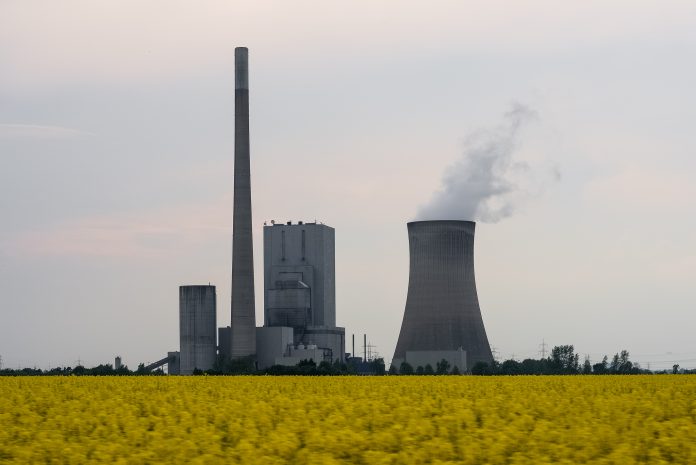The creation of a genuine EU electricity market to better integrate renewable energy was provisionally agreed between MEPs and EU member states on Tuesday night.
An overhaul of EU electricity market rules was informally agreed to tackle barriers to cross-border trade of electricity and create a real European electricity market where 70% of all electricity can cross EU borders freely. This will make it easier to integrate renewable energy in the electricity grid and hence support efforts to reach the EU’s binding goal of 32% renewables by 2030. In addition, it strives to make the EU’s electricity market more competitive and consumer-oriented.
A better deal for consumers
Consumers will benefit substantially from the new rules, which include:
Switching – electricity providers must offer consumers the option to switch provider (with no fees) within a maximum period of three weeks (and 24 hours by 2026);
Smart meters – consumers will have the right to get smart meters to control their consumption, unless analysis in a given member state shows that the cost outweighs the benefits;
Price comparison: consumers will have access free-of-charge to an online price comparison tool;
Dynamic price contract: consumers will also be able to opt for a dynamic electricity price contract from energy companies with more than 200.000 clients.
No more state subsidies to the most polluting coal power plants
EU rules currently allow national authorities to pay conventional power plants to be on stand-by for a limited period of time if there is a demand peak or temporary shortage of renewable energy (e.g. wind and sun), known as capacity mechanisms.
As requested by Parliament, the agreed text provides for an additional EU assessment (together with national ones) on the risks of a possible electricity shortage in member states to avoid unnecessary use of these exceptions.
In addition, stricter limits for member states willing to subsidise power stations as a capacity mechanism shall prevent the most polluting coal power plants in Europe from receiving state aid. Power stations emitting more than 550 gr of CO2/kilowatt hour of electricity shall not receive subsidies from the state to remain on stand-by in case of demand peak of electricity. The measures will apply to all new capacity mechanisms from date of entry into force of the Regulation and to existing ones from 2025.
Energy poverty and price regulation
Member states will be able to regulate prices temporarily to assist and protect energy-poor or vulnerable households, negotiators agreed. Preference should however be given to addressing energy poverty through social security systems.
EU member states that still regulate household prices may continue to do so but they shall submit reports to assess the progress towards abolishing price regulation. By 2025 the Commission shall submit a report on overall EU progress, which may include a proposal to end regulated prices.
After the deal was reached, rapporteur Krišjānis Karinš (EPP, LT) said: “This agreement is good for the climate and good for the wallet. It will help the transformation to cleaner electricity production and it will make the electricity market more competitive across EU borders. Parliament has succeeded in getting rid of heavy state subsidies, so that the market can do its job of supplying EU industries and households with affordable and secure energy.”
“Lower prices for electricity, a real choice of energy supplier for consumers and much stronger incentives for new technologies. These are among the concrete results that can be expected in the EU internal electricity market in the future”, he added.
The deal will now be put to the Industry, Research and Energy Committee and plenary for approval as well as to the Council. The Regulation and the Directive will enter into force 20 days after publication. Member states will have to implement the Directive by 31 December 2020.

